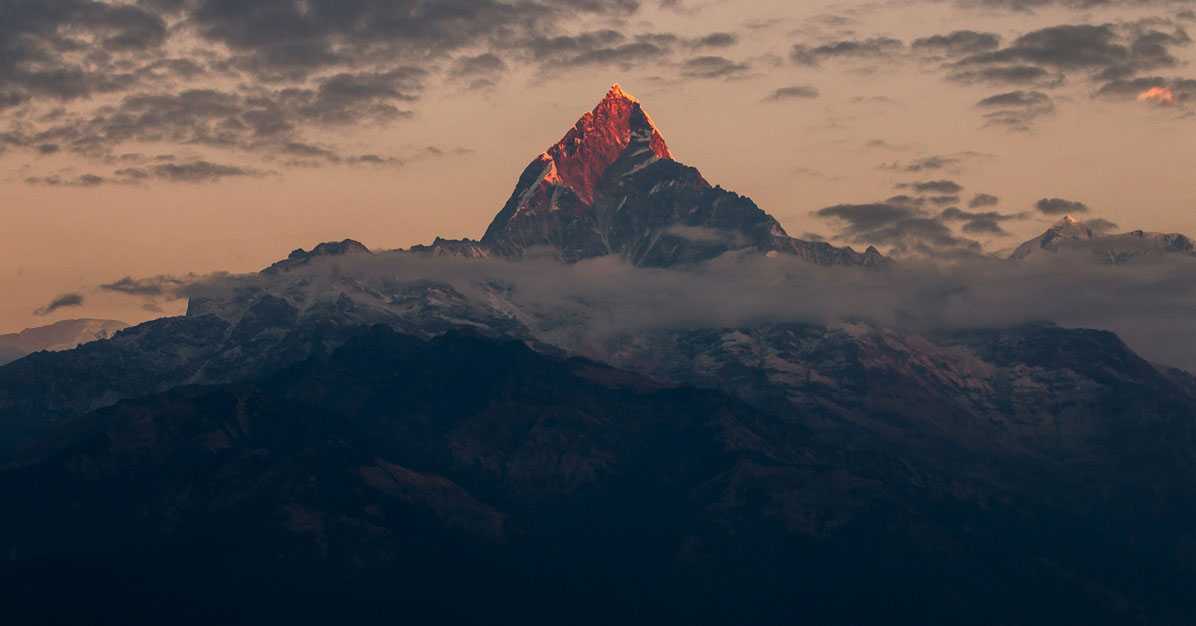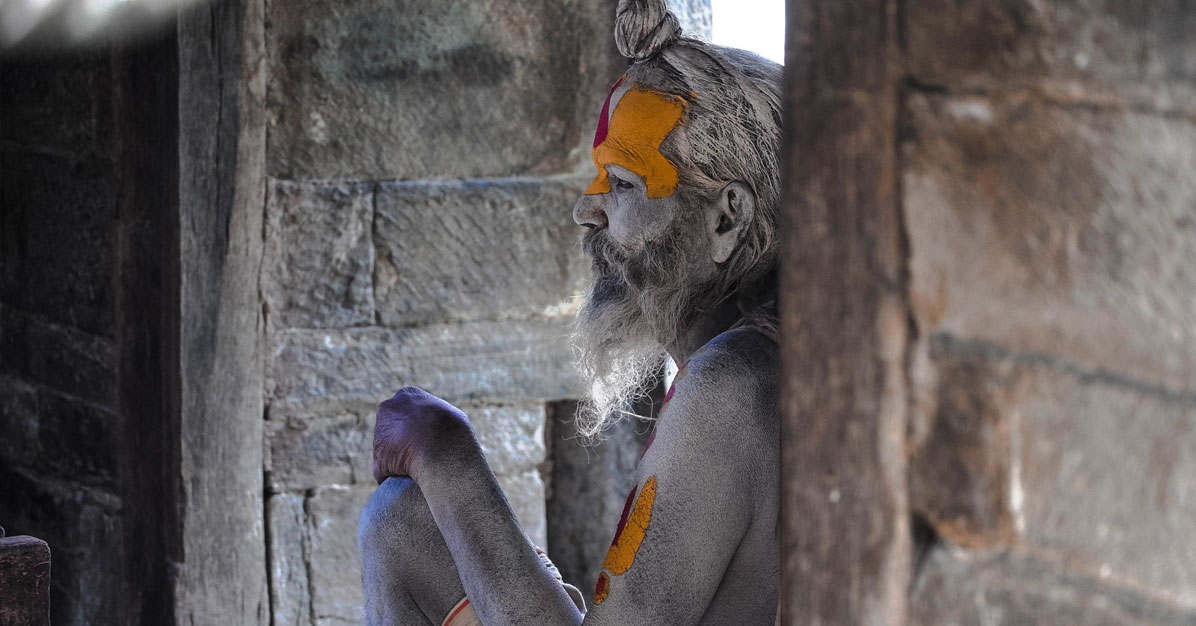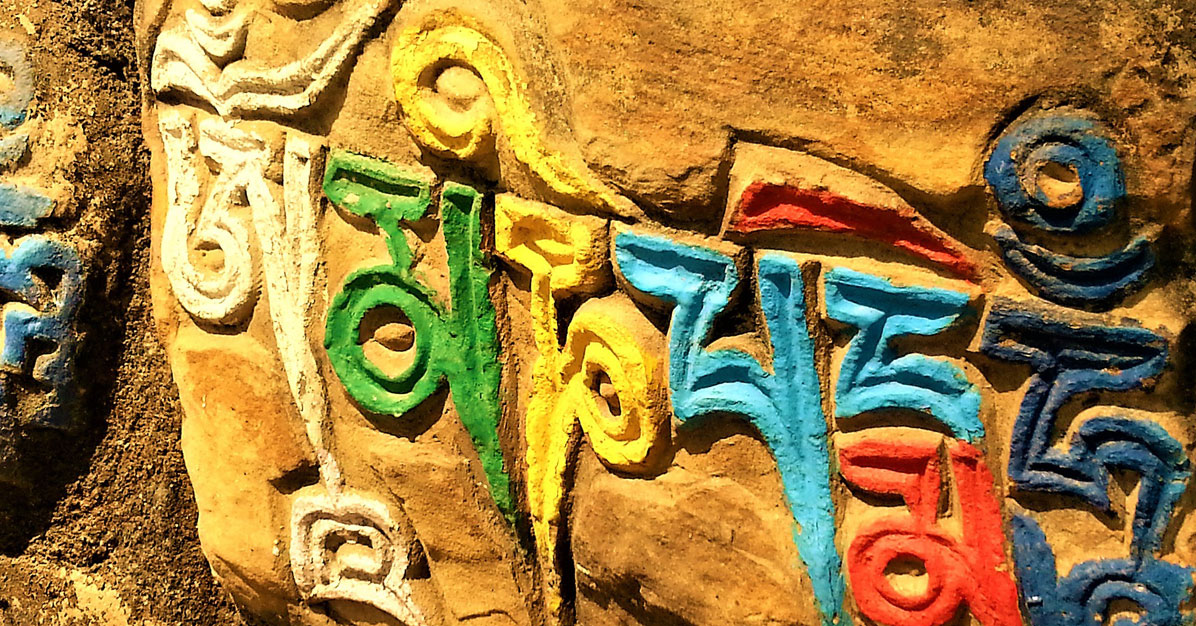How to Access to Sauraha:
By air
Sauraha has good air connections through Bharatpur airport with regular daily air services from Kathmandu. The airport lies just 15 kilometer to the west of Sauraha.
By bus
Via Kathmandu: Direct tourist buses are available from Kathmandu daily. All buses will travel via Mugling, Narayangarh/Bharatpur, Tadi Bazaar, Sauraha
Via Pokhara: direct tourist buses are available via Mugling, Narayangarh / Bharatpur, Tadi Bazaar, Sauraha.
note: due to road condition of Muglin-Naryanghat, it is recommended to travel by air.
When to go:
The dry season would be best (November-April) and March would be the ideal time. The daytime temperature is not too hot and the elephant grass in the national park has been cut, allowing for better animal spotting.
Currency and Foreign exchange
Nepali Rupee notes come in Rs. 5, 10, 20, 25, 50, 100, 500, 1000 denominations. Coins come in Rs. 1, 2 and 5 denominations.
Foreign currencies must be exchanged only through banks or authorised money exchangers. Visitors can exchange foreign currency at the foreign exchange counter at the airport upon arrival, or you can find many authorised money exchange in Sauraha.
Home to Endangered Species Like
Royal Bengal Tiger, One horned rhino, Snow – Leopard, Red Panda, Brown Bear, Assamese Macaque, Gangetic Dolphin, Wolf, Wild Elephant, Giant Horn – Bill, Swamp Deer, Wild Yak, Tibetan Antelope, Black Buck, Four Horned antelope, Musk Deer, Pigmy Hog, Haspid Hare, Pangolin, Gharial, Indian Bustart, Saras Crane, Impean Pheasant, Python etc.
A Living Cultural Heritage
Nepal’s Heritage is alive and dynamic. Temples, shrines, monuments and monasteries are extremely active with devotees burning butter-lamps, singing hymns, chiming temple bells and playing drums. The only country that has living goddess “Kumari”.
Religion:
Nepal was declared a secular country by the Parliament on May 18, 2006. Religions practiced in Nepal are: Hinduism, Buddhism, Islam, Christianity, Jainism, Sikhism. The majority of Nepalis are either Hindus or Buddhism. The two have co-existed in harmony through centuries.
Customs:
Nepalis do not eat beef, because Cow is the national animal of Nepal.
Food:
The regular Nepali meal is dal (lentil soup), bhat (boiled rice) and tarkari (curried vegetables), often accompanied by achar (pickle). Curried meat(lamb and chicken) is very popular in Nepal. Beside this, most common snacks here in Nepal is MOMO(steamed or fried dumplings).
Greeting:
Welcome greeting in Nepal is Namaste! Namaste is usually spoken with a slight bow and hands pressed together, palms touching and fingers pointing upwards, thumbs close to the chest.
 English
English Français
Français





